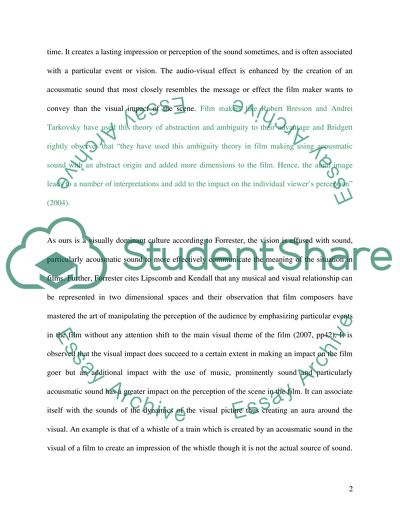Cite this document
(“Acousmatic Sound in Films Essay Example | Topics and Well Written Essays - 1000 words”, n.d.)
Retrieved from https://studentshare.org/technology/1534792-acousmatic-sound-in-films
Retrieved from https://studentshare.org/technology/1534792-acousmatic-sound-in-films
(Acousmatic Sound in Films Essay Example | Topics and Well Written Essays - 1000 Words)
https://studentshare.org/technology/1534792-acousmatic-sound-in-films.
https://studentshare.org/technology/1534792-acousmatic-sound-in-films.
“Acousmatic Sound in Films Essay Example | Topics and Well Written Essays - 1000 Words”, n.d. https://studentshare.org/technology/1534792-acousmatic-sound-in-films.


